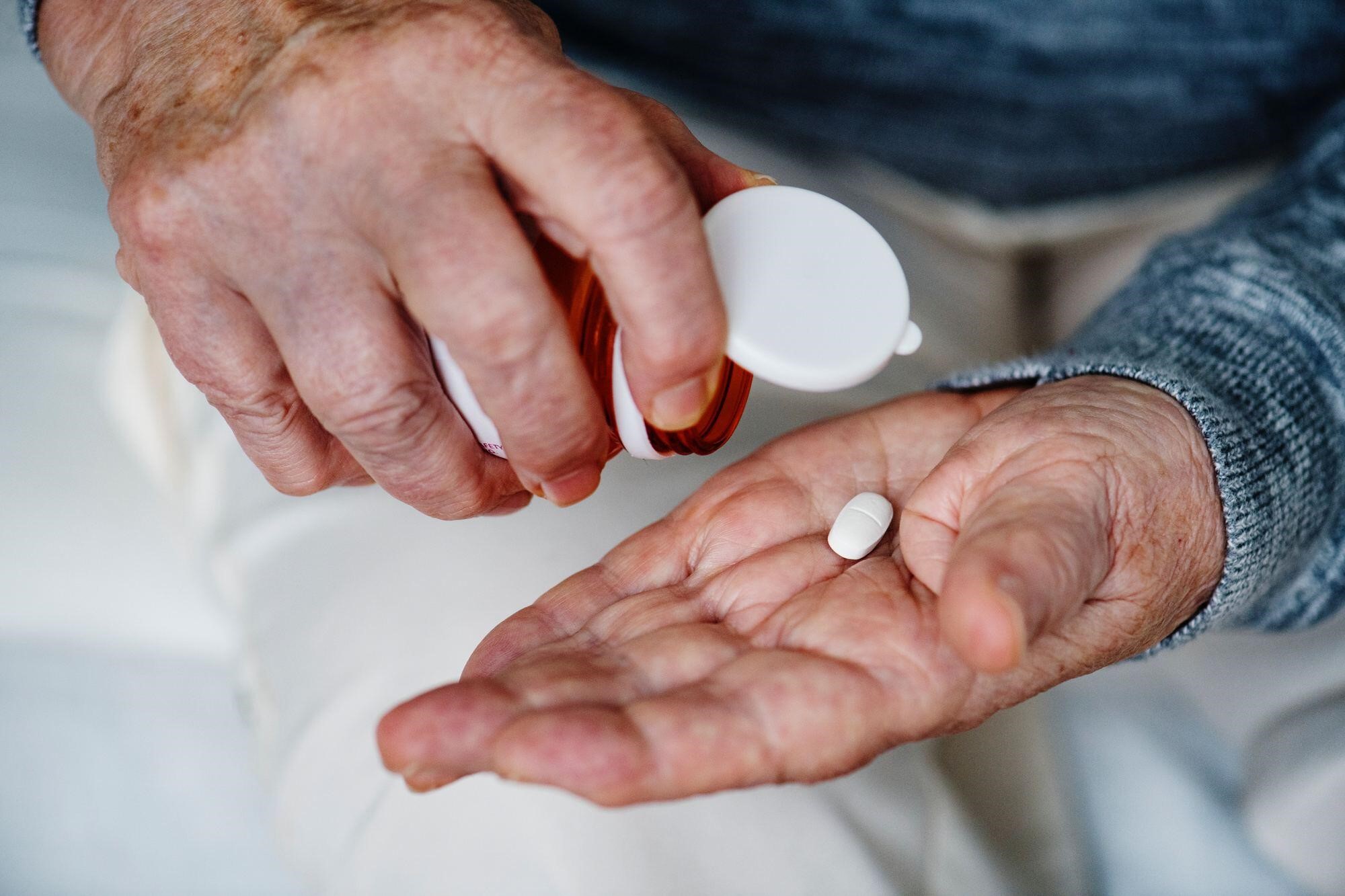Blood clots can be a serious health concern. They form when blood thickens and clumps together, sometimes blocking circulation.
While some clots dissolve on their own, others can cause life-threatening conditions. Understanding what causes blood clots, recognizing symptoms, and knowing who is at risk can help withand treatment.
Below, we explore the causes, symptoms, risk factors, and ways to prevent and treat blood clots.
What Causes Blood Clots?
Many things can lead to blood clots. Sitting for too long can slow blood flow. Surgery or injury can also make blood thicker. Some people have conditions that increase their risk.
Smoking and obesity make clots more likely. Pregnancy and birth control pills can also play a role. Dehydration makes blood thicker, raising the risk. Some infections can trigger clotting. Knowing the causes helps in avoiding them.
Symptoms of Blood Clots
Not all clots cause symptoms. Some people feel pain or swelling in the leg. The skin may feel warm or look red. Chest pain or shortness of breath may mean a lung clot. A sudden headache or trouble speaking could mean a brain clot.
Arm or leg pain that worsens may be a warning sign. Some people feel lightheaded or faint. A fast heartbeat could also be a clue. It is best to seek help if these signs appear.
Who Is at Risk?
Some people have a higher risk of blood clots. Those over 60 are more likely to develop them. A family history of clotting can increase the risk. People who sit for long periods, like travelers, are at risk.
Some medical conditions, like cancer or heart disease, raise the chances. Those who have had clots before should be careful.
Women using hormone treatments or who are pregnant have a higher risk. Even stress can affect blood flow. A doctor can help check risk levels.
How to Prevent Blood Clots
Simple steps can lower the risk of clots. Moving often keeps blood flowing well. Drinking water helps prevent thick blood. Eating a healthy diet supports good circulation. Avoiding smoking lowers risk.
Wearing compression socks can help travelers. Some people may need medication to prevent clots. A doctor may suggest changes to daily habits. Prevention is easier than treating a clot.
Treatment for Blood Clots
Doctors use different treatments for clots. Blood thinners help stop new clots from forming. Some clots need special drugs to dissolve them. In some cases, doctors may place a filter in a vein.
Surgery may be needed for serious clots. Lifestyle changes can help prevent future clots. People with high risk should follow medical advice.
You might want to click for Xarelto (Rivaroxaban) or other treatment options to go for the right treatment. The right care can reduce serious problems.
Blood Clots Awareness Matters
Many people do not know about the risks of blood clots. Early action can save lives. Learning about the causes helps with prevention. Recognizing symptoms can lead to quick treatment.
Healthy habits can make a big difference. People with risk factors should stay alert. Talking to a doctor can provide the best advice. Blood clots are serious, but they can be managed.
To read more, you can visit our blog page. We do have more topics!

